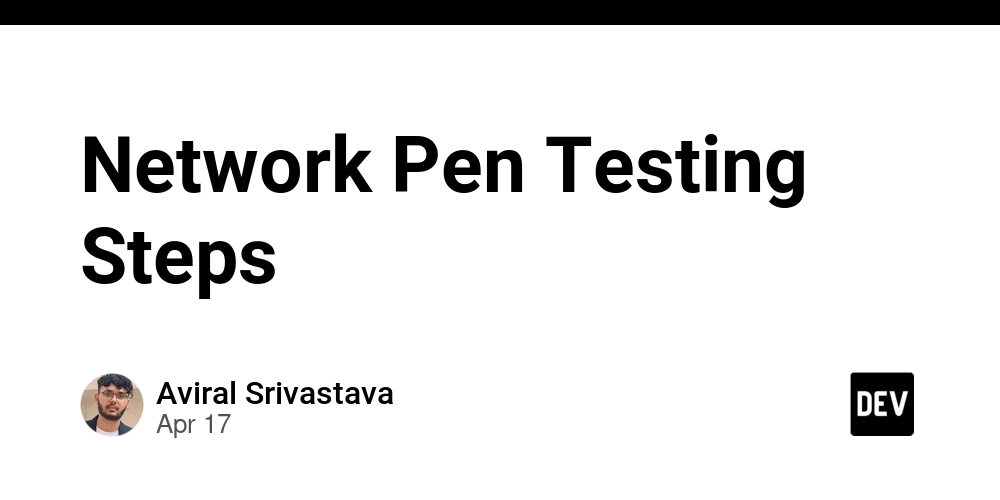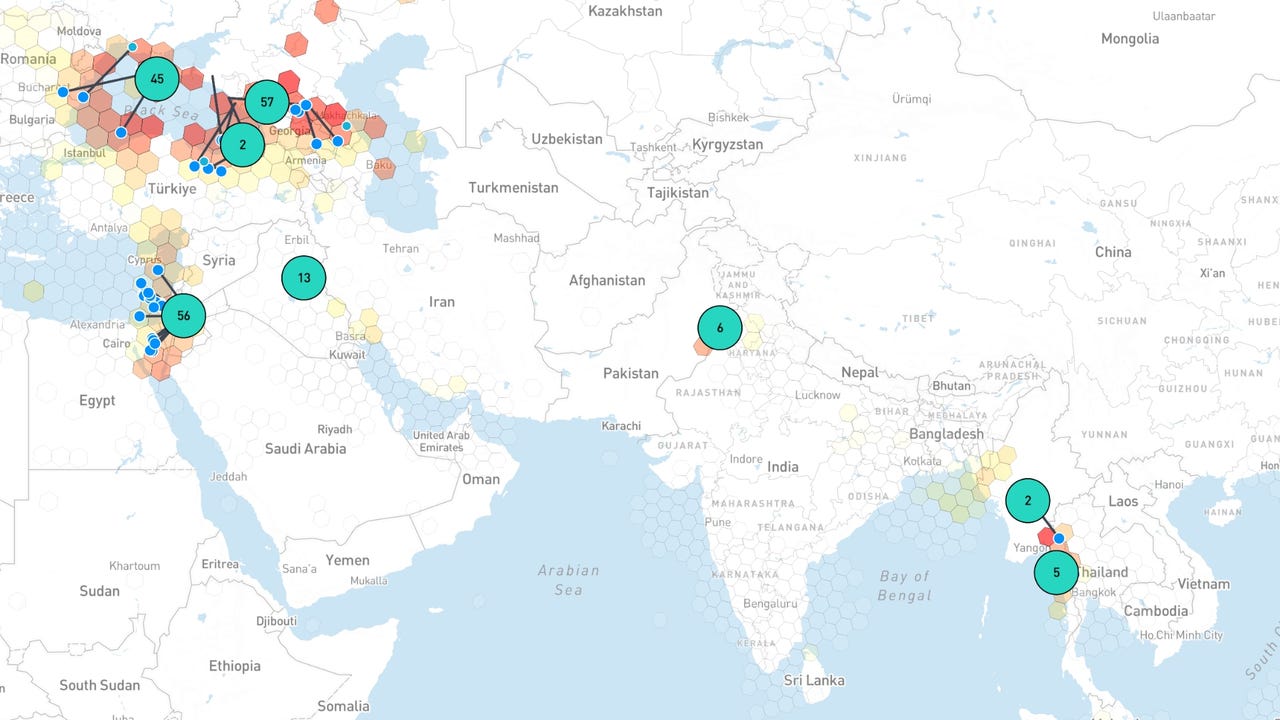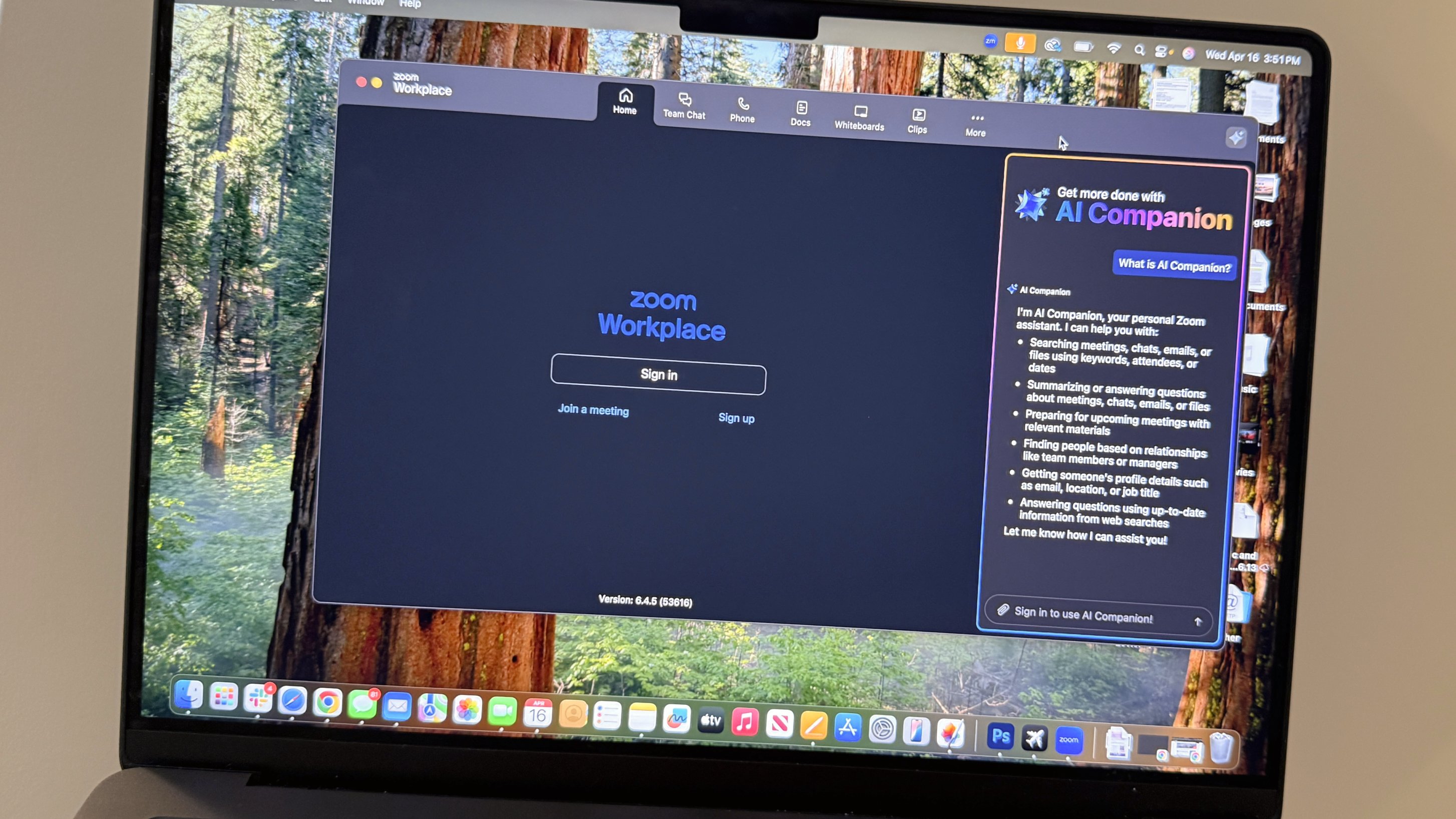How to Build an Effective Cyber Security Testing Strategy
Cyber security is no longer a luxury or a nice-to-have for organizations. With cyberattacks growing more frequent, sophisticated, and damaging, building a robust cyber security testing strategy has become a necessity. Cyber security testing helps identify vulnerabilities, misconfigurations, and weaknesses in your systems, applications, and network before attackers can exploit them. Developing an effective testing strategy is about more than just running occasional scans or using a few automated tools. It involves a comprehensive, structured, and proactive approach to risk management, requiring coordination across your IT, security, and compliance teams. In this article, we’ll guide you step-by-step on how to build an effective cyber security testing strategy that strengthens your defenses and minimizes threats. 1. Understand Your Threat Landscape The first step in building a cyber security testing strategy is understanding your threat landscape. This includes identifying: The types of data your organization stores and processes The assets that are most critical to your operations The potential threat actors targeting your industry Common attack vectors (e.g., phishing, ransomware, SQL injection) A thorough risk assessment will help you prioritize your testing efforts on areas that matter most. 2. Define Your Goals and Objectives Without clear goals, testing can become a scattershot effort. Define what you want to achieve through security testing. Common objectives include: Identifying vulnerabilities in web applications and APIs Assessing internal and external network security Testing compliance with industry standards like ISO 27001, HIPAA, or GDPR Validating the effectiveness of existing security controls Documenting these objectives will guide your testing methodology and scope. 3. Choose the Right Types of Security Testing Different testing methods serve different purposes. Depending on your needs, you may employ one or more of the following: a. Vulnerability ScanningAutomated tools scan systems for known vulnerabilities. While efficient, they may miss complex logic flaws. b. Penetration TestingEthical hackers simulate real-world attacks to find security weaknesses. c. Red TeamingA comprehensive attack simulation that tests both technology and human responses. d. Security Code ReviewExamines source code for security flaws, especially in custom-built software. e. Social Engineering TestsTests employee awareness and response to phishing, baiting, and other manipulation tactics. Choose the right mix of these based on your risk profile and resources. 4. Involve Professional Security Service Providers If you lack internal expertise or resources, consider partnering with third-party security service providers. These providers offer a range of services including: Vulnerability assessments Penetration testing Compliance audits Managed security services Experienced security service providers bring external objectivity and access to cutting-edge tools and methodologies. Their insights can often uncover risks your internal teams might overlook. 5. Establish Testing Frequency and Scope Cyber security testing is not a one-time event. It should be part of a continuous security posture. Depending on your environment and industry, testing frequency might vary: Quarterly or bi-annual penetration tests Monthly vulnerability scans Annual red teaming exercises Ensure that all critical systems, new applications, third-party integrations, and changes to your infrastructure are tested regularly. Define the scope clearly to avoid missing crucial assets. 6. Automate Where Possible Automation increases efficiency and consistency in testing. Use automated tools for: Routine vulnerability scans Static and dynamic code analysis Configuration reviews However, remember that automation can never fully replace human intuition, especially for complex testing like red teaming or penetration testing. 7. Integrate Testing Into Development Lifecycle (Shift Left) Incorporating security testing early in the software development life cycle (SDLC) is a proactive approach. Known as "Shift Left" testing, this involves: Running static code analysis during development Performing security checks in CI/CD pipelines Conducting code reviews for security issues This reduces the cost and time required to fix vulnerabilities post-deployment. 8. Monitor, Analyze, and Act on Test Results Testing is useless unless you act on the results. Create a process to: Review test findings with relevant stakeholders Prioritize vulnerabilities based on risk Assign remediation tasks with deadlines Track progress until closure Security dashboards and reporting tools can help visualize and communicate risk effectively. 9. Train and Educate Your Team Humans are often the weakest link in cybersecurity. Regular training and aware


Cyber security is no longer a luxury or a nice-to-have for organizations. With cyberattacks growing more frequent, sophisticated, and damaging, building a robust cyber security testing strategy has become a necessity. Cyber security testing helps identify vulnerabilities, misconfigurations, and weaknesses in your systems, applications, and network before attackers can exploit them.
Developing an effective testing strategy is about more than just running occasional scans or using a few automated tools. It involves a comprehensive, structured, and proactive approach to risk management, requiring coordination across your IT, security, and compliance teams.
In this article, we’ll guide you step-by-step on how to build an effective cyber security testing strategy that strengthens your defenses and minimizes threats.
1. Understand Your Threat Landscape
The first step in building a cyber security testing strategy is understanding your threat landscape. This includes identifying:
The types of data your organization stores and processes
The assets that are most critical to your operations
The potential threat actors targeting your industry
Common attack vectors (e.g., phishing, ransomware, SQL injection)
A thorough risk assessment will help you prioritize your testing efforts on areas that matter most.
2. Define Your Goals and Objectives
Without clear goals, testing can become a scattershot effort. Define what you want to achieve through security testing. Common objectives include:
Identifying vulnerabilities in web applications and APIs
Assessing internal and external network security
Testing compliance with industry standards like ISO 27001, HIPAA, or GDPR
Validating the effectiveness of existing security controls
Documenting these objectives will guide your testing methodology and scope.
3. Choose the Right Types of Security Testing
Different testing methods serve different purposes. Depending on your needs, you may employ one or more of the following:
a. Vulnerability ScanningAutomated tools scan systems for known vulnerabilities. While efficient, they may miss complex logic flaws.
b. Penetration TestingEthical hackers simulate real-world attacks to find security weaknesses.
c. Red TeamingA comprehensive attack simulation that tests both technology and human responses.
d. Security Code ReviewExamines source code for security flaws, especially in custom-built software.
e. Social Engineering TestsTests employee awareness and response to phishing, baiting, and other manipulation tactics.
Choose the right mix of these based on your risk profile and resources.
4. Involve Professional Security Service Providers
If you lack internal expertise or resources, consider partnering with third-party security service providers. These providers offer a range of services including:
Vulnerability assessments
Penetration testing
Compliance audits
Managed security services
Experienced security service providers bring external objectivity and access to cutting-edge tools and methodologies. Their insights can often uncover risks your internal teams might overlook.
5. Establish Testing Frequency and Scope
Cyber security testing is not a one-time event. It should be part of a continuous security posture. Depending on your environment and industry, testing frequency might vary:
Quarterly or bi-annual penetration tests
Monthly vulnerability scans
Annual red teaming exercises
Ensure that all critical systems, new applications, third-party integrations, and changes to your infrastructure are tested regularly. Define the scope clearly to avoid missing crucial assets.
6. Automate Where Possible
Automation increases efficiency and consistency in testing. Use automated tools for:
Routine vulnerability scans
Static and dynamic code analysis
Configuration reviews
However, remember that automation can never fully replace human intuition, especially for complex testing like red teaming or penetration testing.
7. Integrate Testing Into Development Lifecycle (Shift Left)
Incorporating security testing early in the software development life cycle (SDLC) is a proactive approach. Known as "Shift Left" testing, this involves:
Running static code analysis during development
Performing security checks in CI/CD pipelines
Conducting code reviews for security issues
This reduces the cost and time required to fix vulnerabilities post-deployment.
8. Monitor, Analyze, and Act on Test Results
Testing is useless unless you act on the results. Create a process to:
Review test findings with relevant stakeholders
Prioritize vulnerabilities based on risk
Assign remediation tasks with deadlines
Track progress until closure
Security dashboards and reporting tools can help visualize and communicate risk effectively.
9. Train and Educate Your Team
Humans are often the weakest link in cybersecurity. Regular training and awareness programs can enhance your overall security posture. Include:
Phishing simulation campaigns
Cyber hygiene workshops
Secure coding practices for developers
Make security a shared responsibility across your organization.
10. Evaluate and Improve Continuously
Cyber threats evolve constantly. What worked last year may be ineffective today. Continuously review and update your cyber security testing strategy based on:
Emerging threats
Lessons learned from incidents
Feedback from previous tests
Changes in business operations
Partnering again with security service providers for periodic evaluations can offer fresh perspectives and help improve resilience.
Conclusion
A robust cyber security testing strategy is essential for identifying vulnerabilities before malicious actors can exploit them. By understanding your threat landscape, defining clear goals, choosing the right types of tests, and working with professional security service providers, you can build a testing strategy that evolves with your business needs.
Security testing is not just a technical exercise; it’s a strategic investment in your organization's long-term safety and success. By being proactive and thorough, you reduce risks, protect sensitive data, and strengthen stakeholder trust.
FAQs
Q1: How often should I perform cyber security testing?
A1: It depends on your industry and risk level, but quarterly vulnerability scans and annual penetration tests are generally recommended.
Q2: Can small businesses benefit from security testing?
A2: Absolutely. Cyber threats target businesses of all sizes. Basic testing can prevent costly breaches.
Q3: Are automated tools enough for security testing?
A3: While helpful, they can miss complex vulnerabilities. Human-led testing is essential for comprehensive security.
Q4: What is the role of security service providers in testing?
A4: They bring expertise, objectivity, and access to advanced tools, making your testing efforts more effective.
Q5: What should I do after discovering a vulnerability?
A5: Prioritize it based on risk, assign remediation tasks, and retest after fixes are applied.
tags:







































































































































































![[The AI Show Episode 144]: ChatGPT’s New Memory, Shopify CEO’s Leaked “AI First” Memo, Google Cloud Next Releases, o3 and o4-mini Coming Soon & Llama 4’s Rocky Launch](https://www.marketingaiinstitute.com/hubfs/ep%20144%20cover.png)





































































































































































































![GrandChase tier list of the best characters available [April 2025]](https://media.pocketgamer.com/artwork/na-33057-1637756796/grandchase-ios-android-3rd-anniversary.jpg?#)










































.png?width=1920&height=1920&fit=bounds&quality=70&format=jpg&auto=webp#)



































































































































![Apple M4 13-inch iPad Pro On Sale for $200 Off [Deal]](https://www.iclarified.com/images/news/97056/97056/97056-640.jpg)
![Apple Shares New 'Mac Does That' Ads for MacBook Pro [Video]](https://www.iclarified.com/images/news/97055/97055/97055-640.jpg)

































































































































![[Part 8]Introduction to TypeScript for Playwright – Preparation for UI Automation](https://media2.dev.to/dynamic/image/width=800%2Cheight=%2Cfit=scale-down%2Cgravity=auto%2Cformat=auto/https%3A%2F%2Fdev-to-uploads.s3.amazonaws.com%2Fuploads%2Farticles%2Ft8kbjtr43le4x9cer1rn.png)


